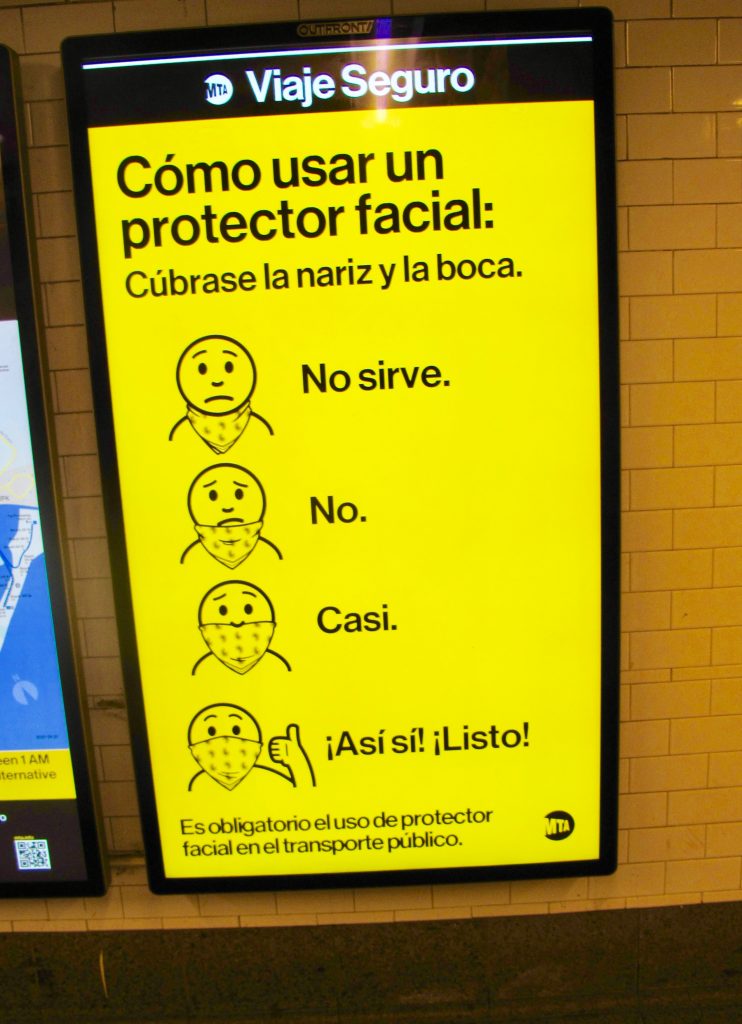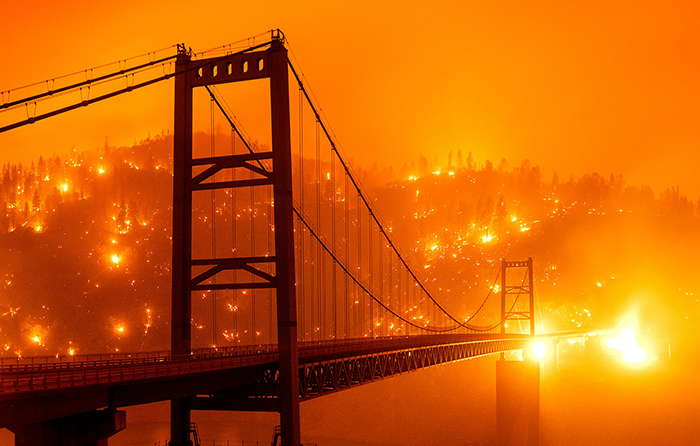
Saturday, March 6
A study of my blog posts from a year back, when the epidemic and lockdown measures were somewhat new, offers a number of quaint revelations.
As Emily and I began our East Hampton exile from frightening New York City, the “novel coronavirus” as it was commonly called had spread to two-thirds of U.S. states, with nearly 600 reported cases and close to 20 deaths. But based on what was happening elsewhere on Earth, much worse was expected. Thousands of employees were being told to work from home, schools were shuttered, conferences and mass celebrations (SXSW) had been canceled. The governor of New York had declared a State of Emergency.
The Trump White House was behaving in a typically unhinged fashion. Declaring the virus to be a “hoax,” it also began backing a variety of wildly inappropriate measures, including federal aid to oil-shale companies hit by the virus/market shocks. Vice President Mike Pence announced he was seeking guidance via prayer.
In Russia, Putin pushed legislation that would allow him to serve for an additional two six-year terms when his tenure expired in 2024.
The Bank of England cut its rates to the lowest in history. But London’s mayor and the country’s P.M., Boris Johnson, eschewed any lockdown, instead doing nothing in the pursuit of “herd immunity.” A British teen was sent home from school for selling hits of hand sanitizer for 50p per squirt.
By mid-March, conditions in Italy were frightening, with 15,000 reported cases and 1,000 deaths.
The sort of emergency measures arranged by U.S. pols shows how unimpressed they were by the whole thing. House Speaker Nancy Pelosi and Treasury Secretary Steven Mnuchin announced a deal—immediately passed by the House but deferred by the Senate as its members departed for a week’s vacation—that included enhanced unemployment benefits, free virus testing, and additional funds for food assistance and Medicaid. The pact allowed for two weeks of paid sick leave and up to three months of family and medical leave.
Huge lines formed in and around large chain-store outlets. Store shelves emptied of all kinds of goods—canned food, hand sanitizer, cold medicines, and especially toilet paper.
But New York City’s mayor Bill DeBlasio resisted pressure to close the city schools. Lacking other child-care options, health care workers would stay away from work, he said. What’s more, the student population included some 114,000 homeless kids. Where would they go?
Appearing before a backdrop that read “Coronavirus Impeachment Scam,” Fox News presenter Trish Regan accused Democrats of creating “mass hysteria to encourage a market sell-off” and sowing fear about the virus “to demonize and destroy the president.”
In mid-March, the Times reported over 132,000 people had been infected across the planet. Spain anticipated 10,000 cases in the coming week, while Denmark, Poland, the Czech Republic, and Slovakia closed their borders to outsiders.
Profiteers began pursuing the tackiest measures imaginable. In Tennessee, two brothers acquired some 17,700 bottles of hand sanitizer from various small regional stores, then offered them on Amazon for up to $70 each.
On March 16, the stock market fell by 10%. But sales of guns and marijuana soared.
And that was only the beginning.
Dinner: turkey meatloaf, green beans, and a green salad.
Entertainment: Episodes of Fargo on Hulu and of Call My Agent! on Netflix.





